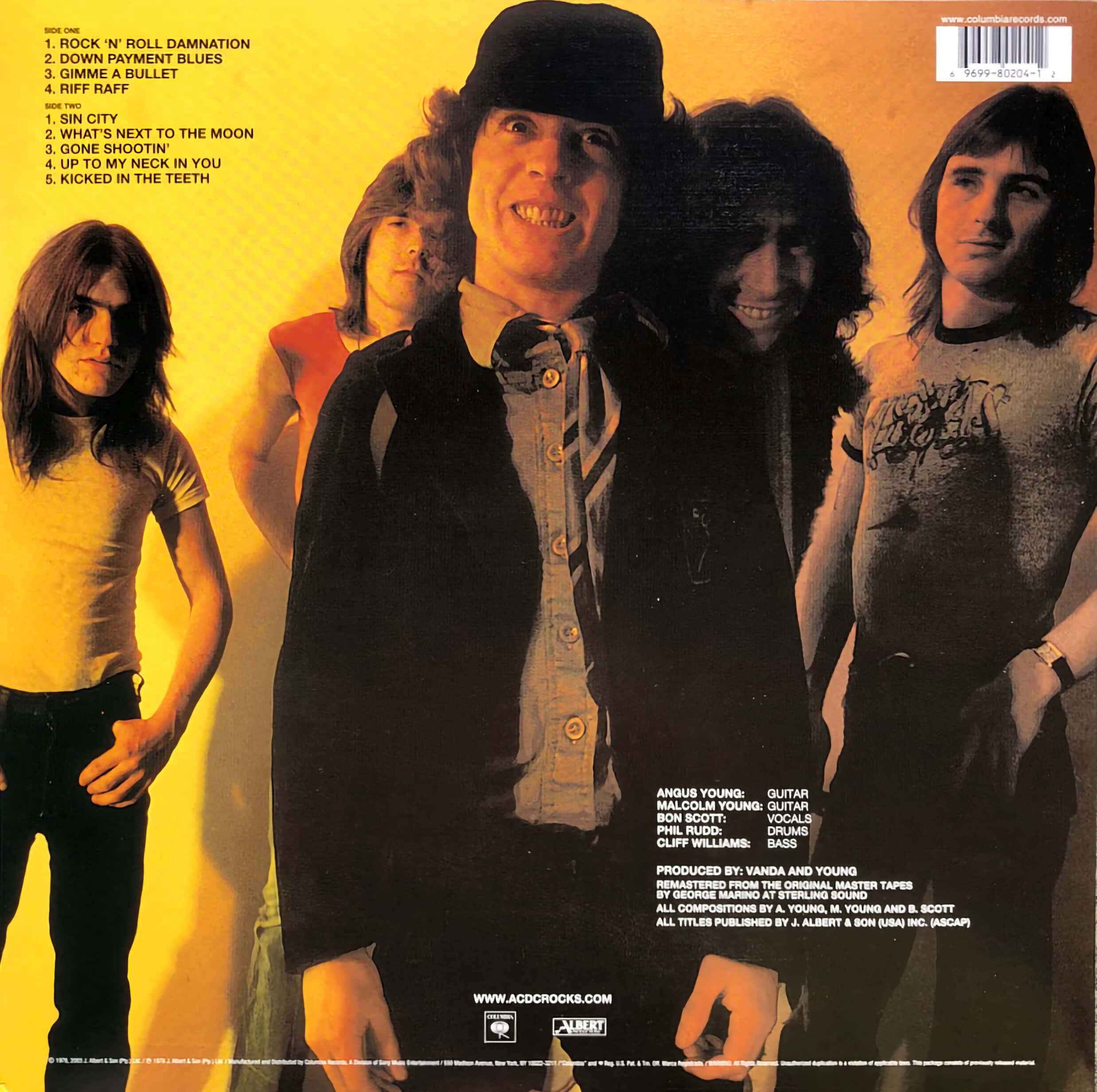Released in 2018, Disturbed’s seventh studio album, Evolution, marked a significant shift in the band’s musical direction. Known for their heavy and aggressive sound, Disturbed took a more diverse and melodic approach with this album, exploring themes of personal growth, change, and, as the title suggests, evolution. While some long-time fans may have been surprised by this shift from their signature style, Evolution proved to be a bold and intriguing addition to Disturbed's discography.
Sometimes the only way for an artist to remain relevant, and continue to grow creatively, is to evolve. Disturbed has done just that, but it comes at a cost for as exceptional as Evolution is, it sounds as if it would have been better suited as a side project. Think Corey Taylor's Slipknot versus Stone Sour styles and you'll likely understand where I'm coming from. Granted, David Draiman has the vocal chops to perform in multiple styles, and the cover of The Sound Of Silence certainly opened doors to a broader fanbase than Disturbed had previously had, but was a shift absolutely necessary?
In retrospect, I believe it was. The problem is that until you get used to the stylistic shifts throughout, it reminds me of the disjointed mess that is John Lennon and Yoko Ono's Double Fantasy. I can’t help but wonder if Evolution would not have been better being expanded, resequenced, and presented with one half in their traditional manner, the other their newfound ballad-focused style. That didn’t happen, of course, but what you’ll find is that the chosen sequencing grows on you the more you listen to the album.
Speaking of listening to the album, the lossless Apple Music stream, an Apple Digital Master, is understandably compressed but perfectly suited to the music. About the only time the compression becomes an issue is in the drums whereby the cymbals lack a delicate taper as they ring out. Instead, and it’s quite noticeable one some songs, the crunching cymbal effect of such mastering results in a less-than-ideal sonic presentation that can be jarring on the senses. There’s little doubt that this is one area where the vinyl counterpart may be better suited because of the more stringent mastering limitations. That’s no guarantee that it will be better, but if you’re after a copy of Evolution with an even greater dynamic range (less compression) then it could be worth the time and investment to track a copy down on vinyl. That’s certainly what I’ll be endeavouring to do, but until then the Apple Music stream is a perfect facsimile that allows me to enjoy this album.
Are You Ready is a signature stadium-filling song that combines Disturbed's classic heaviness with anthemic melodies. Its energy and finesse are addictive and will appeal to longtime fans and newcomers alike with its radio-friendly styling.
No More continues the album's powerful start with an incredible rhythm, killer guitar licks, and Draiman's distinctive vocal delivery.
A Reason To Fight is a beautiful ballad. If you thought their cover of Simon & Garfunkel’s The Sound Of Silence, from Immortal, was impressive, you'll be blown away with A Reason To Fight. It’s arguably the best song on the album and one of the best songs Disturbed has ever written and recorded.
In Another Time introduces a more experimental sound and while it isn’t what I’d call classic Disturbed, it grows on you the more you listen to Evolution; so much so that it has quickly become one of my favourite songs.
Stronger On Your Own is different and simply doesn’t blow me away. Subsequently, I think it’s fair to say that this is one song that no one will seek out on its own as it’s the weakest song from Evolution.
Hold On To Memories is a welcome change following Stronger On Your Own for while it’s another ballad, Disturbed knocks them out of the park.
Saviour Of Nothing returns the album to Disturbed’s renowned heavier sound and while it isn’t a standout, Saviour Of Nothing is a perfect album-only tune.
Watch You Burn is somewhat similar to Saviour Of Nothing in that it isn’t exceptionally good, except for the incredible symphonic elements later in the song, but repeat listens have ensured that I’ve come away with a greater respect for the tune. This is one of those examples where it is imperative to listen to an album more than once, in its intended sequencing, for sampling tracks or listening via a playlist will never truly allow you to engage with the music.
The Best Ones Lie sounds as if it was left over from the Believe sessions. That's a good thing if you were wondering.
Already Gone closes the album out beautifully with a contemplative ballad that will either encourage you to play the album again or reflect upon the music you’ve just heard.
While some fans may have initially been resistant to the shift in musicality, Disturbed showed their willingness to evolve and experiment with their music and that should be celebrated. The album's strength, subsequently, lies in its introspective and emotional lyrics, as well as Draiman's powerful vocals, which shine throughout. If given the chance, after repeat listens, I’m certain that you’ll find much to love as Evolution is an excellent addition to Disturbed’s discography.


![AC/DC – For Those About To Rock (We Salute You) [Album Review]](https://images.squarespace-cdn.com/content/v1/565c1ab5e4b05079e4bfa169/1691976848924-ZZWM8XB8T24NPOTG3APL/AC%3ADC+For+Those+About+to+Rock+%28We+Salute+You%29+Album+Cover.jpg)









